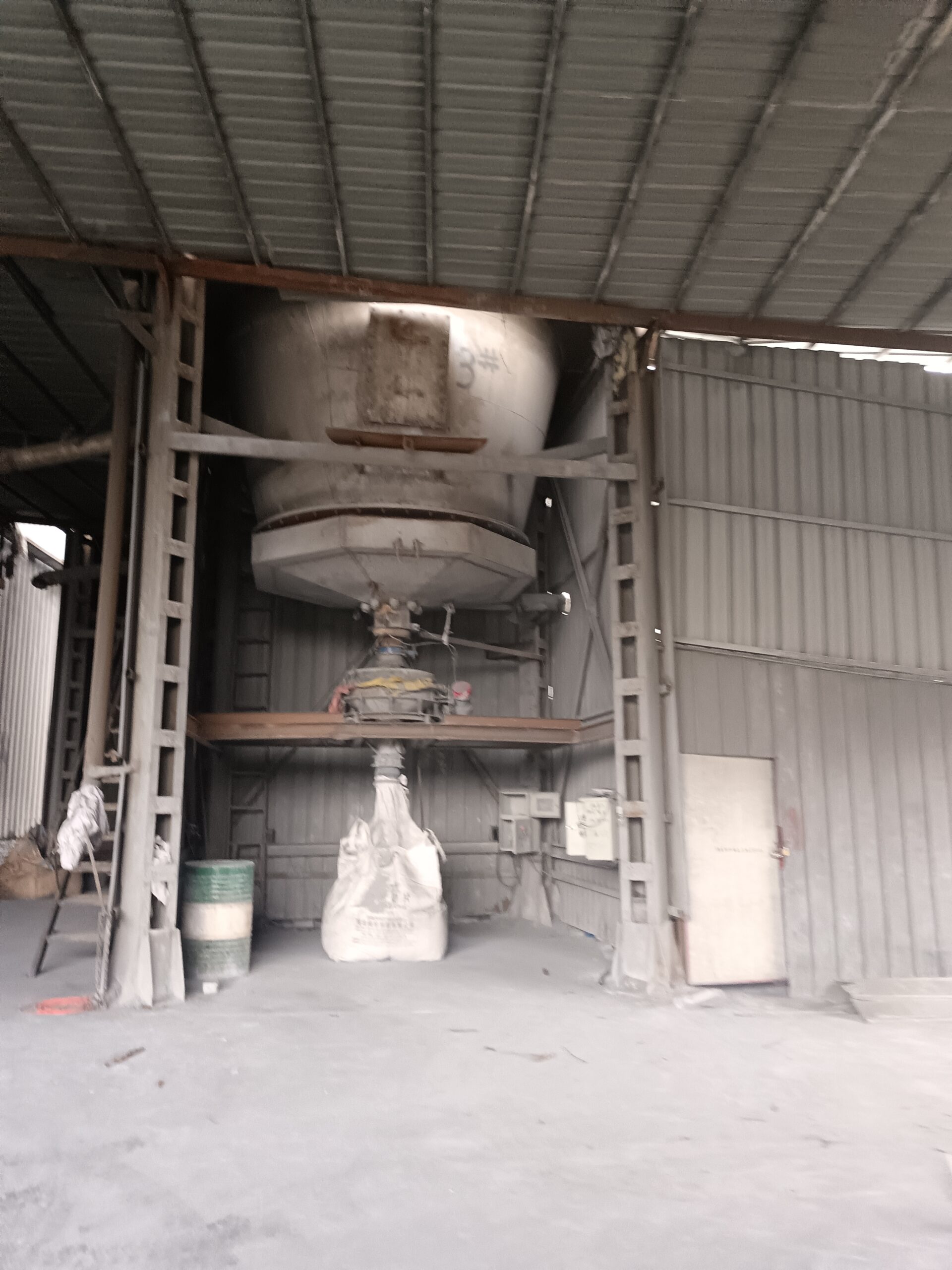The permeability of concrete materials, i.e., the ease with which liquids and gases penetrate the interior of concrete, is one of the key indicators for assessing concrete durability. Concrete with excellent waterproofing performance can more effectively block the intrusion of harmful external substances, thereby significantly extending the service life of concrete structures.
Through in-depth theoretical analysis and precise calculations of the effects of silica fume on concrete microstructure, researchers have innovatively proposed a novel computational method. This method is based on a comprehensive understanding of silica fume’s filling effect, volcanic ash reaction, and alterations to concrete pore structure, enabling precise prediction of silica fume’s impact on concrete permeability. Additionally, rigorous experimental validation has confirmed the reliability and accuracy of this theoretical approach.
Under specific conditions with a water-to-binder ratio of 0.4, it was found that when the silica fume replacement ratio is within the range of 8% to 15%, the permeability of concrete approaches zero. This remarkable result indicates that within this silica fume content range, the pore structure of the concrete is highly optimized and filled, forming an almost perfect waterproof barrier that can effectively resist the penetration of liquids and gases. However, when the silica fume replacement ratio exceeds 15%, the permeability of the concrete gradually increases. This is because excessive silica fume may disrupt the microscopic structure of the concrete, leading to the formation of new pores or defects, thereby weakening the waterproofing performance. Through systematic comparative studies on the influence of silica fume on concrete permeability under different water-to-binder ratios, the optimal replacement ratio of 12% silica fume was ultimately determined. This optimal replacement ratio achieves the best balance between waterproofing performance and other properties of concrete under different water-to-binder ratios.
Additionally, the fineness of silica fume is another important factor affecting concrete permeability. As the fineness of silica fume increases, its particles become smaller, enabling them to fill even smaller pores, further reducing the porosity of concrete and consequently lowering permeability. Among numerous permeability studies, chloride ion permeability has garnered significant attention due to its severe impact on reinforcement corrosion within concrete structures, making it a representative example in permeability research.
Studies on the waterproofing properties of concrete in the Persian Gulf region have found that, regardless of changes in the water-cement ratio, as the silica fume replacement ratio increases from 0 to 7.5%, the chloride ion diffusion rate shows a significant decreasing trend at 3, 6, and 9 months. When the silica fume replacement ratio reaches 7.5%, the chloride ion diffusion rate reaches its minimum value. This result fully demonstrates the exceptional efficacy of silica fume in reducing concrete chloride ion permeability. By utilizing the RCM method to determine the chloride ion diffusion coefficient of high-performance concrete, the chloride ion permeability resistance of concrete with single silica fume addition and composite fly ash and silica fume addition was thoroughly investigated.
The research results show that the chloride ion diffusion coefficient of concrete with single-blended silica fume is 0.27×10⁻¹²m²/s smaller than that of concrete with a mixture of fly ash and silica fume, representing a reduction of 25%. Compared to concrete without any additives, the reduction reaches as high as 84%. This is primarily due to the extremely fine particle size and large specific surface area of silica fume, which enables it to effectively fill the voids in the cement paste, significantly enhancing the concrete’s density and thereby providing stronger resistance to chloride ion diffusion. In summary, silica fume significantly enhances concrete’s resistance to chloride ion penetration, thereby effectively strengthening its durability and providing a robust foundation for the long-term stable operation of concrete structures in harsh environments.

